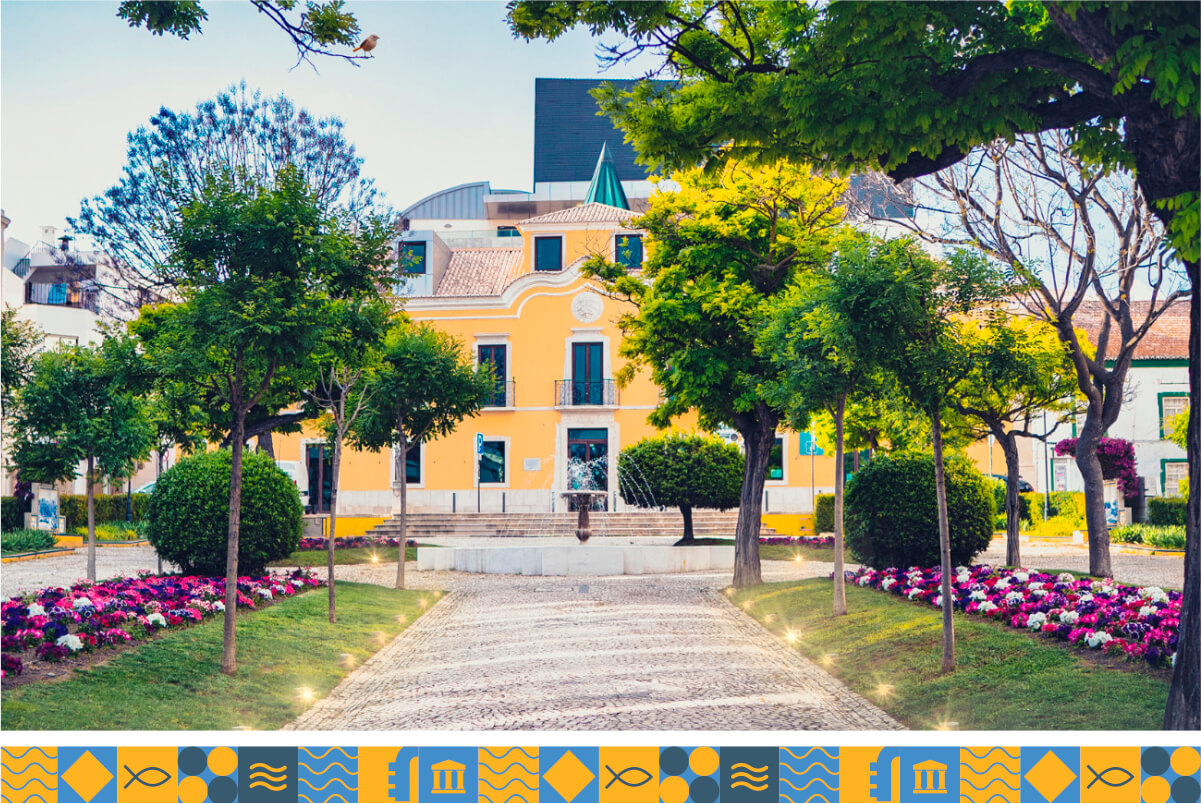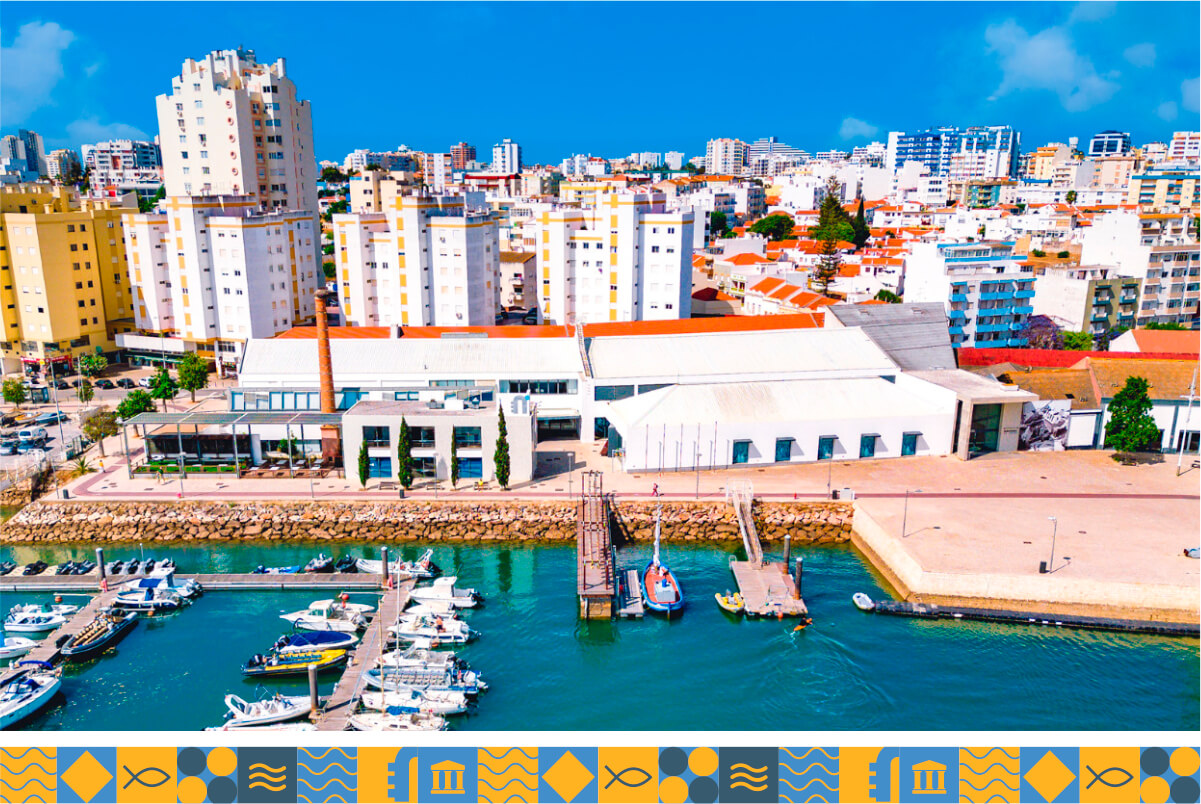
TEMPO – Teatro Municipal de Portimão
The conference will take place at the TEMPO – Teatro Municipal de Portimão, located in the city centre.
The Palacete Sárrea Garfías (Manor House Sárrea Garfías), a neoclassical manor house with traces of baroque, dates back to the 17th century and was rebuilt by Joaquim Ignácio Pacheco de Sárrea after the 1755 earthquake. The Sárreas were big agrarian landowners, who held high military positions. After the proclamation of the republic, the manor was acquired by the Portimão Municipality, becoming the site of the Council Chambers and an Art and Trade School and was later used for other public services such as court houses, tax departments, the municipal library and many other uses. Now the Portimão Municipal Theatre (TEMPO) is hosted here as an icon of the renovated city with the 1º de Dezembro garden in front, built in perfect harmony with this old manor house.
TEMPO – Teatro Municipal de Portimão is part of a strategy to revitalize the historic area of the city, in which culture participates as a complementary vector of social and economic development, while also contributing as a forum for the presentation and promotion of a living image of the city. It presents in its spaces (Large Auditorium, Small Auditorium, Black Box and Café Concerto) a diversified programme in forms and artistic expressions (theatre, dance, music…), directed towards different segments of the public, crossing what comes from outside with what is created in the city, in coherence with the mission of a municipal theatre of proximity.
Conference and Ceremony: 37°08’17.4”N 8°32’09.1”W
Welcome reception: 37°07’50.5″N 8°32’03.6″W


Share
Museu de Portimão
Installed at a former fishcanning factory, the Museu de Portimão opened its doors in 2008 and presents itself as a permanent observatory and a cultural mediation structure to investigate, conserve, interpret, publicise and value the most relevant material and immaterial testimonies of the history, heritage, territory, memory and identity of the local and regional community, in its interaction with the world.
2010 Council of Europe Museum Prize winner, it’s the home of EMYA since 2018, lodging its office and archive.